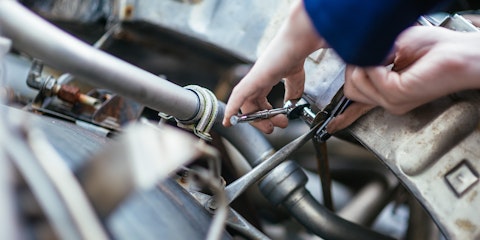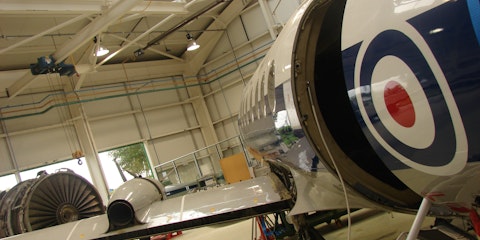Aeronautical Engineering – Mechanical Basic Hand Skills
About this course
Our Aero Engineering Mechanical Basic Handskills course will give you all the essential workshop bench skills that you’ll need for future employment! During this course you will complete a practical project and learn the safe ways of using hand tools and pillar drills. Through completing the project, you will learn many practical skills such as reading drawings, marking out, sawing, filing, drilling and the use of a tap and die.
You will improve your practical bench skills and learn how to apply yourself to the exercise most effectively.
Course Objectives
On completion of the course, you will be able to:
- apply safe workshop practices when performing basic techniques and skills
- read and interpret engineering drawings
- correctly use measuring and marking out equipment
- practice the correct use of hand tools
- manufacture items within tolerance using hand tools
- select the correct drilling speeds for various materials
- drill, tap and ream holes
- safely operate a pillar drill
The course is designed to complement the Advanced Hand Skills course and is suitable if you are already involved in maintenance activities.
What you will study
The Engineering Skills course begins with a brief reminder of the Health and Safety issues of working in an engineering workshop. Candidates are then shown how to use a range of measuring instruments such as steel rules, vernier calipers, micrometer and dial gauges. Practical exercises have been prepared that require the candidates to determine various sample vernier readings, proving that the instruments are being interpreted correctly.
On this course you will work on engineering drawings which are viewed and evaluated to determine which system of drawing projection has been used (first angle or third angle). The following are some example pages from the course notes for this stage of the bench fitting course, describing how scribing blocks are used to mark out accurately, how engineering drawings depict mechanical components in the various projections and how holes should be marked out for accuracy:
Examples of notes
“This leads on to a number of marking out exercises on aluminium and silver steel components. We use dividers, scribing blocks and callipers (amongst other tools) for this.
Metal components have to be cut and filed using hand tools to produce datum edges. We use scribers, punches, saws, hammers and files (amongst other tools) for this.
Holes have to be accurately marked out and later drilled and tapped with metric threads. After assembly of the manufactured components, some holes have to be reamed to ensure a good engineering fit to ground steel locating dowels. The object of the exercise is to produce a test piece that the candidates can use in the workplace for shaft alignment. The manufacture of the alignment tool test piece will take several hours to complete and brings into play the interpretation of drawings and the hand tool skills previously gained. However, all candidates must produce a finished item that complies with the diagram.
Course fees
Administration Fee: £10.00
Course Fee: £51.70
Entry requirements
A background in Engineering would be desirable. Candidate to be committed, motivated and have a successful interview
Important points
- The College welcomes contact with parents/guardians of students who are under 18.
- Additional support is available for students with learning difficulties and disabilities.
- Cardiff and Vale College is committed to inclusion and values diversity. We are determined to promote equality of opportunity and to treat everyone fairly and with respect.
- Cardiff and Vale College reserves the right to make changes to this course without prior notice.
- Course fees are subject to change. Your fee will be confirmed prior to enrolment.
- All courses are accurate at the time of upload or print.
- Courses can only run if there are sufficient numbers.
- Please note, if you choose three or more course choices, then you may be referred for a careers appointment first. This does not apply to A Level or GCSE choices.
Start date
Time of day
Part Time
Course code
Qualification
Facilities
More...
What stood out for me about Cardiff and Vale College were the fantastic facilities at ICAT and the smaller class sizes. I have the ability to spend one to one time with the lecturers who are very patient and help you understand the work being carried out. Having that experience with people who have a wealth of knowledge about the industry is invaluable. Since leaving Cardiff and Vale College, I have completed my degree with Kingston University and have recently started a job with Babcock as a Mechanical design engineer in their missions systems department working on submarines. The knowledge I have learnt during my time at Cardiff and Vale College can now be put to use while working.






